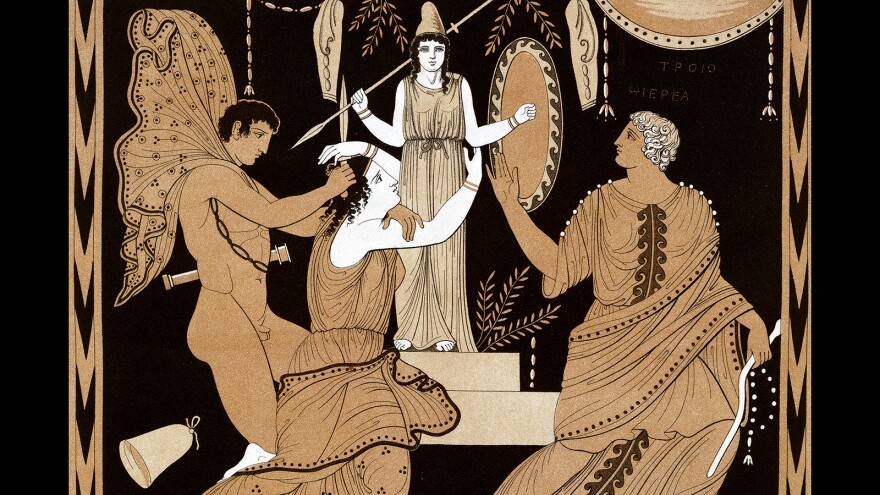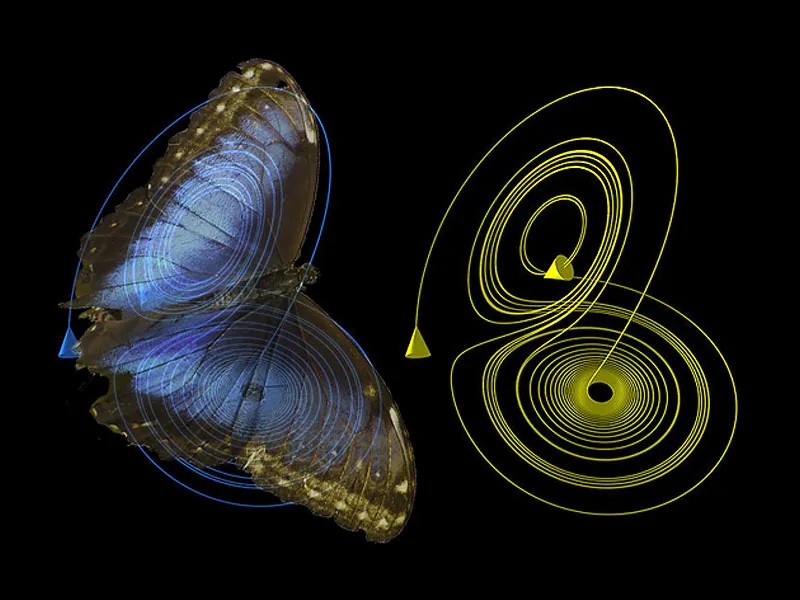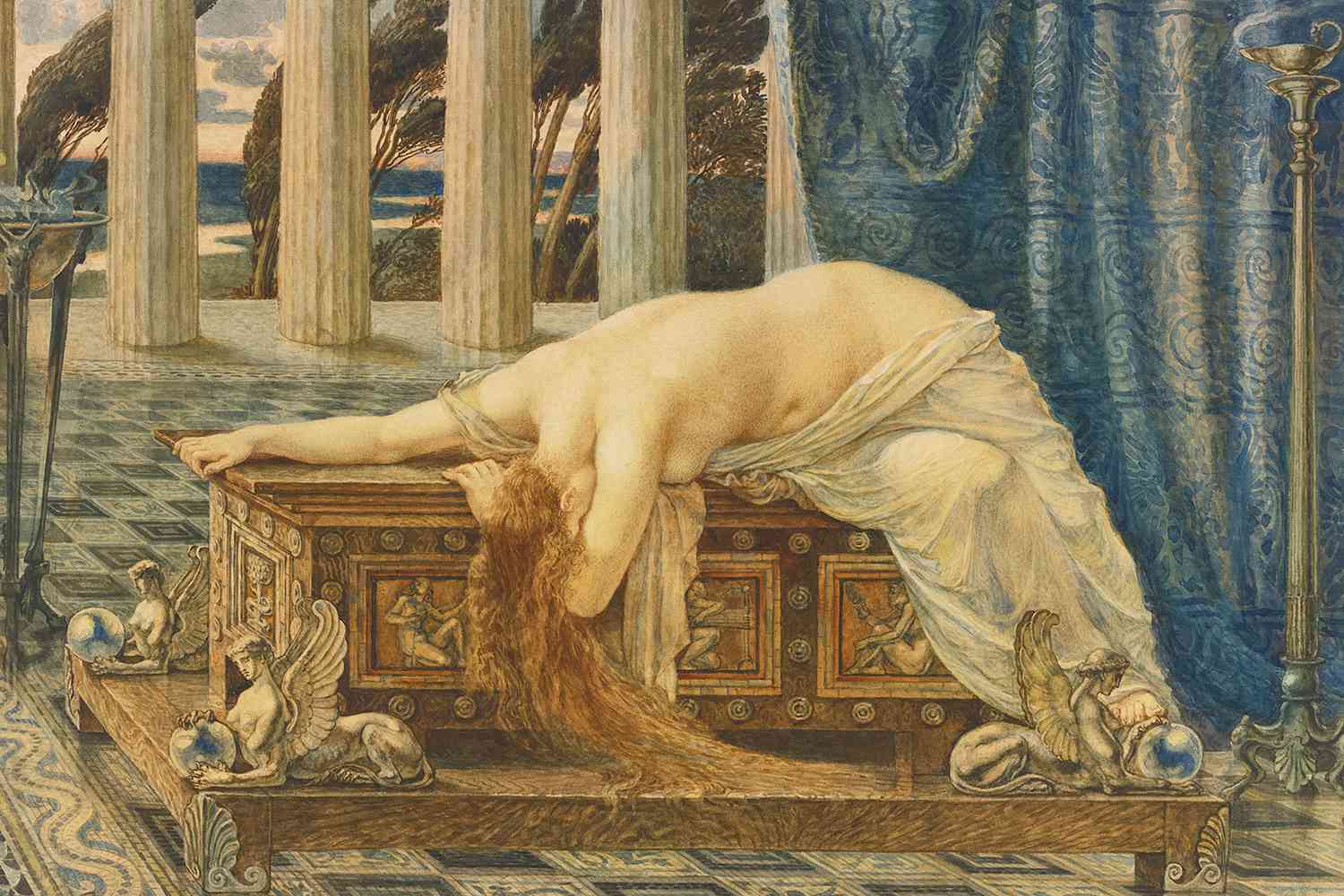As a Latin student, avid reader, and fan of Greek mythology, I’ve been introduced to countless pieces of prose, poetry, and literature whose focus lies on a man’s intrepid and valiant deeds, but not so much to those of the women. However, to most people, this is (unfortunately) expected; throughout the centuries, ancient Greek literature has prioritised the immortalisation of “heroic” male figures such as Achilles or Odysseus, whilst blatantly marginalising, overlooking and undermining the complex stories of the women in mythology.
——————
The first piece of epic poetry that I read was Homer’s “Iliad” and despite its incredible story, it made me ponder the attitudes towards women and how most ancient epics include a female narrative that is quintessentially centred around being an object of desire for the male hero. In “The Iliad”, Briseis is Achilles’ war prize; the prophet of Troy, Cassandra, was a victim of rape; Helen’s role as a catalyst for the Trojan war reinforces her objectification- she is seen more as a prize and symbol of desire rather than a character with her own agency.
Cassandra’s story, whilst only mentioned briefly in the Illiad, serves as a powerful commentary on the historical silencing, marginalisation, and objectification of women in history. The curse donned upon her by Apollo after her refusal to his romantic advances, ensured that her true prophecies would never be believed; this highlights the theme of male entitlement but furthermore, displays the consequences women faced for having autonomy over their own bodies. Moreover, her curse effectively reflects how, in a patriarchal society, women’s insights and wisdom were often dismissed and suppressed. More specifically to the Trojan war, Cassandra’s tragic fate as a prophetess who foresees the fall of Troy – but is powerless to prevent it – is emblematic of the limited agency often afforded to women in the ancient world. She possessed knowledge that could have altered the course of significant events, but her gender and the curse placed upon her prevented her from wielding any meaningful influence- a metaphor for the many women whose potential contributions have been stifled and not respected by societal norms and gender-based limitations.
Continuing with Cassandra’s story, her treatment after the fall of Troy, where she became a concubine to Agamemnon, underscores the objectification and exploitation of women throughout history; Cassandra’s status mirrors the pervasive gender inequalities of the time and reveals the subjugation and lack of control for a woman in the male dominated society of Ancient Greece. Cassandra’s enslavement, like many other women, reduced her to a secondary and subordinate position- raising questions about the extent of agency and autonomy women could exercise in such environments but more so, the wider societal norms which perpetuated gender disparities and the voices of women like Cassandra.
Cassandra’s myth continues to resonate with women and feminists as a symbol of the ongoing struggle for gender equality even in our society; it is a poignant reminder to recognise and amplify women’s voices in a world that has often been negligent of their contributions.

Another myth which I discovered through none other than a Ted-Ed video is that of Pandora’s jar. Though 12-year-old me didn’t question the misogynistic nature of her story whilst watching this video, upon researching more about her now, I realized how the myth of Pandora’s box is one of the most notable stories of sexism and misogyny in Ancient Greece.
Pandora’s myth is said to offer an explanation for the origin of woman, marriage, the afflictions plaguing the world, and exemplifies the notion that women were perceived as a source of evil and suffering. Pandora’s nascency was intended as a punishment, a response to Prometheus’s theft of fire from the gods. In Hesiod’s epic poem “Works and Days”, Zeus reprimands Prometheus, holding him responsible for introducing fire to mankind, and promising to give men an “evil thing” in exchange for fire – a plague that would precipitate their demise. This evil entity was Pandora and despite the knowledge that it was two males (Prometheus and Zeus) primarily involved in this divine/mortal conflict, only Pandora is held accountable for the afflictions released upon the world; this heavily underscores the gendered dimensions of blame as Pandora is cast as the source of sorrow and pain, even though she is equally a victim of Zeus’ punishments. In the myth’s context, womanhood itself was constructed as a punishment for the transgressions of men, and Pandora’s creation was a direct consequence of Prometheus’s defiance. The appointment of blame in this myth embodies the deeply patriarchal nature embedded within it.
The myth continues to unfold its patriarchal and misogynistic concerns as her curiosity (“gifted” to her by Zeus upon her conception) leads her to open the infamous container. When the lid of the jar is lifted, torment, sorrow, and disease are set free, leaving only Hope trapped inside – ostensibly unleashing great suffering upon humanity.
According to Hesiod, had Epimetheus rejected Pandora when she was sent to live with him on orders of Zeus, the jar might never have been found and opened, sparing the world from what was considered the destructive influence of women. Hence, even the containment of Hope within the jar is presented as Pandora’s responsibility and as such she is essentially punished twice: once for opening the box and releasing these woes into society; twice for effectively exacerbating the darkness she had unwittingly unleashed by shutting the container before hope could escape. Of course, the blame is placed squarely at Pandora’s feet, reinforcing the ancient Greek view that women are inherently destructive and malevolent. This narrative again portrays Pandora as the one responsible for afflicting society with evil and suggests that it was men’s initial mistake to allow women into their world and homes.
Pandora’s portrayal as illusive, deceptive, and the catalyst for the suffering of mankind reflects the oppressive and isolating treatment of women in Classical Greece. This view can be traced to the belief that women were both necessary for reproduction but also a potential source of ruin. Thus, Greek society sought to control women within the household, believing that by keeping them submissive and obedient, they could counteract the perceived deceptiveness exemplified by Pandora.
——————
The Sirens (Peisinoe, Aglaope, and Thelxiepeia also known as Aglaonoe), originally monstrous sea-nymphs, were transformed into alluring temptresses who lured sailors to their doom with a bewitching song. They originated as handmaidens of the goddess Persephone and were given avian bodies by Demeter to aid in the search for the abducted Persephone. The myth of the Sirens illustrates women’s oppression in ancient Greece through the paradoxical desire and dangers associated with their captivating voices and allure; their legacy as a misogynistic archetype highlights the deep-rooted fears and restrictions women faced in ancient Greece.
The peril of the Sirens lies in their ability to sing – a characteristic that challenges patriarchal gender norms but concurrently- through its lethality – encapsulates the male fear of women expressing themselves in public. One of the most notable and notorious renditions of the Sirens myth can be found in Homer’s Odyssey, where the hero Odysseus, determined to be the sole surviving listener to their entrancing song, employs a strategic approach; he instructs his crew to plug their ears with wax and binds himself to the ship’s mast in order to endure the Siren’s song. The Sirens, with their bewitching songs and the measures taken by men to resist their alluring voices, provide as a compelling allegory for the oppressive nature of patriarchal societies towards women’s expression. Their ability to enthrall and sway those who hear them indeed challenges established gender norms, as it suggests that women’s voices possess the potential to exert influence and command attention, both of which have been historically denied to them in many other myths (Including that of Cassandra’s). However, despite the defiance of these gender stereotypes, the sirens still stand as symbols of male fears; in a world where men are of higher status and power, the most powerful thing a woman can do is to hold an influence over them. Even the idea of an oppressed class influencing the more powerful is threatening to the societal order Ancient Greece had established. Hence, the apprehension of a world where women might freely articulate their thoughts, desires, and opinion and, more significantly, the deeply rooted suspicion, suppression, and vilification of these vocal women, serves as a testament to the destructive potential female speech could possess within a patriarchal context – revealing how the Sirens stand as manifestations of male fears.
In parallel with Cassandra and Pandora, the Sirens’ story is just one example of how society and men have historically portrayed feminine beauty, and women in general, as inherently dangerous to men. Moreover, the demise instigated by the Sirens’ voices perpetuates the notion that women, and their attributes, pose a threat to men, a theme that demonstrates anew how women’s voices were silenced and thought as dangerous.
——————
To conclude this article, the exploration of Cassandra, the Siren’s, and Pandora’s myths sheds light on the deeply rooted patriarchal and misogynistic beliefs that permeated ancient greek society. Their narratives not only reflect the unequal treatment and limited agency of women in that era, but also demonstrated the systemic blame and objectification placed upon women for the misfortunes of mankind. Cassandras silenced voice, the hazard of the Sirens’ enticement, and pandora’s role as the source of all suffering exemplifies the extent to which women were marginalised, devalued, and feared. These stories continue to resonate with modern and contemporary discussions on equality and oppression and they serve as powerful reminders of the ongoing struggle for women’s rights. I think they are crucial to recognise the challenge and historical prejudices that perpetuated gender disparities but more so, stand as an enduring symbol to fight against these inequalities- urging us to champion the voices and contributions of women in a world that has too often neglected them.

The Chain Reaction of Us
our story is made of chain reactions – we are just the sum of tiny miracles pretending to be[…]

FIGuring Life Out
Looking at Sylvia Plath’s Fig Tree: On Choice, Possibility, and Growing Into Who We Are I turned eighteen recently,[…]

The F-Word We’re Afraid To Say
WHY ARE WE SO SCARED OF THE WORD “FEMINIST”? There’s a strange, bitter irony in the fact that a[…]


No responses yet